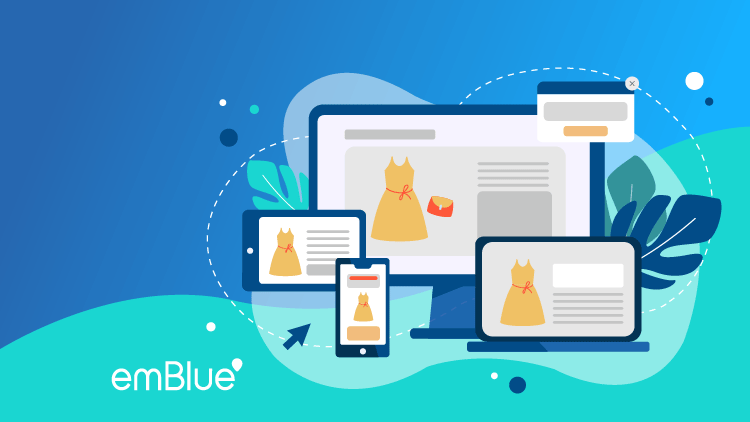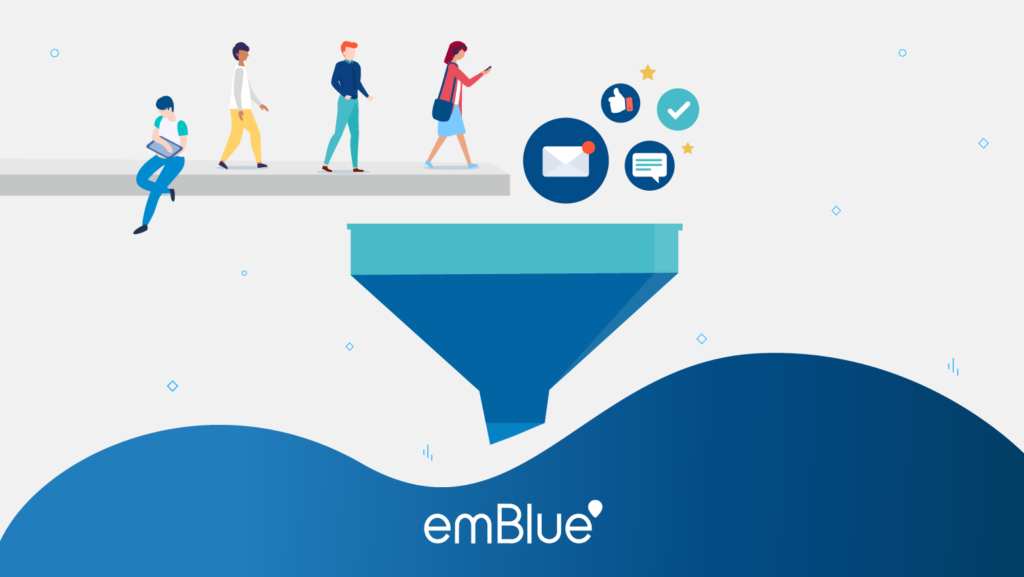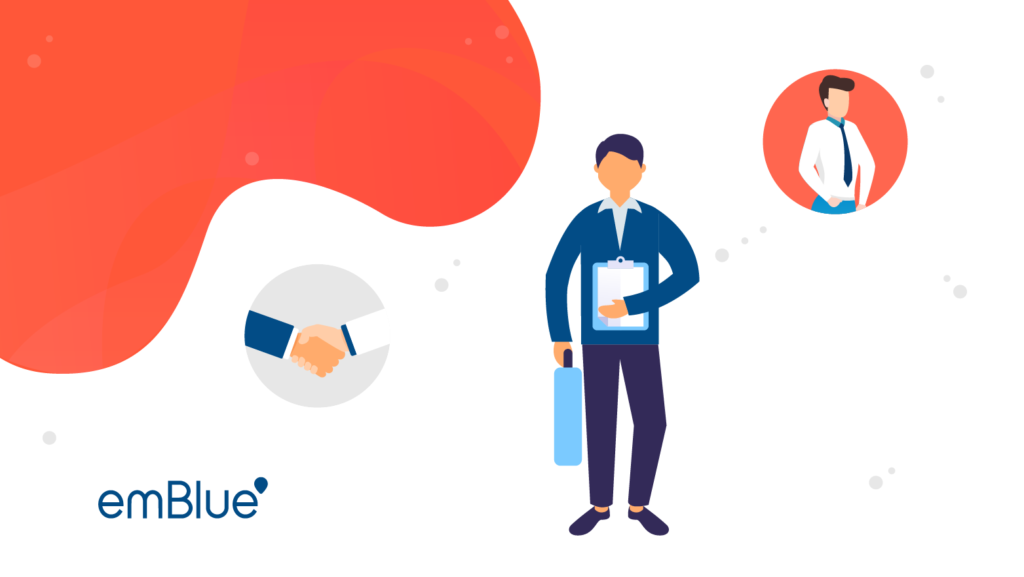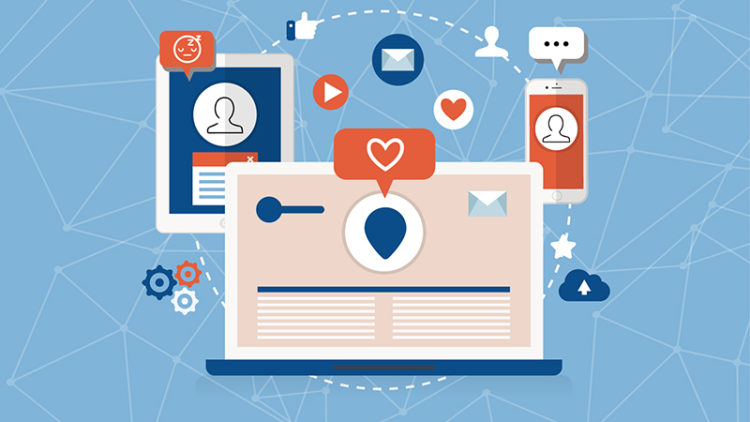What is SMS marketing? How to start a campaign SMS marketing? What is SMS marketing for? Learn how to use it, why choose it, what kind of messages to send and what are its main benefits in this note
What is SMS marketing?
SMS marketing is a sales and communication tool that uses the sending of massive text messages to mobile phones in order to achieve one goal : to announce offers, updates and important communications that seek to generate a sense of urgency in the user.
With mass SMS campaigns we can send messages to a very wide audience, anytime and anywhere in the world. The ease and effectiveness of this type of campaign make them an ideal complement to further amplify the results once omnichannel strategy.
Why choose bulk SMS?
In addition to the high percentage of bulk sms openings , the great advantage of using sms marketing is that the support where it is received are mobile phones. The time on the screen of users with this type of device, assures us that they will know that a message has arrived, through a visual or sound notification or both.
The Pew Research Center conducted a study on this: 98% of incoming text messages are read by recipients. And the time in which the receiver reads a received sms is within the first 3 minutes.
Another point in favor that will make you think about implementing an SMS campaign is that in recent years transactions and visits to websites from mobile have notably increased. According Bambú Mobile , in 2020 the smartphone was involved in 58% of all online acquisitions worldwide and the same was projected so far in 2021.
By connecting with customers on the same device where they make the purchase, you will not have to send them to another place, you will be able to insert your directing links to the url that you want and improve the user experience. Psst: as long as it is optimized to receive visits from phones;)
SMS marketing: ideas for your campaigns
Communicating through SMS represents an enriching challenge for our campaigns: communicating concisely and efficiently . This is a good way to highlight and highlight important information in our strategy for users.
SMS , in a comparison with push notifications , They must also be clear, precise and brief. Taking advantage of the 160 character limit that emBlue allows does not mean reducing the information, but it allows us to exploit creativity to persuade and seduce the user in a few words.
When and why send massive sms campaigns?
As we said, the mass sending of sms is usually used to communicate events or special actions and seek to generate a sense of urgency. Get inspired by some of the examples below:
- Promotions or product launches , in which the user understands that it is a unique offer for him and for a specified time.
- Discounts for the acquisition of a product related to another already acquired or exclusive services.
- Events , such as webinars or special commercial dates in which you will find discounts in our store.
- Reminders linked to monthly payments, voucher downloads, updates from our organization.
Advantages of SMS campaigns
There are many advantages of having SMS marketing in our omnichannel strategy and the most important thing is that this type of communication does not need an internet connection to receive them.
Our bulk SMS campaigns They will reach the proposed results if they are part of an orchestration of sales tools called within an omnichannel strategy. Can’t you think of how to unify your SMS with your current actions? Start by reading this note about sms and omnichannel that will surely help you
- Possibility of programming shipping date, time and target group.
- Unlimited shipments
- Low unsubscribe rate
- Possibility of response to interact with your customers
- Message customization with identification fields
- Receipt confirmation reports
How to start an SMS marketing campaign?
Surely you are already thinking about your first shipment and what to communicate in it, excellent! But before setting up your first campaign, take into account these factors that will be useful to optimize your results:
- Control the number of characters
- Do not include characters that are not universal in all languages, the recipients may not receive them and your message will be ruined.
- If you are going to include links, use URL shorteners to be able to use more characters in the writing of your text.
- Perform tests before sending to check that everything works as you wish.
- Include your brand name in the message, so they can recognize you at first glance.
Do you need more information to implement your SMS marketing campaign? Our team is ready to advise you and implement your first shipment with you and throughout your omnichannel strategy, you just have to ask for it!
Frequently Asked Questions about SMS Marketing
What is SMS marketing?
SMS marketing is a sales and communication tool that uses the sending of mass text messages to mobile phones.
Why choose SMS marketing?
- High opening percentage.
- Low subscription rate.
- Possibility of programming.
- Increase traffic to your website.
When and why send SMS marketing campaigns?
- Promotions or product launches.
- Discounts
- Events (edit)
- Reminders






